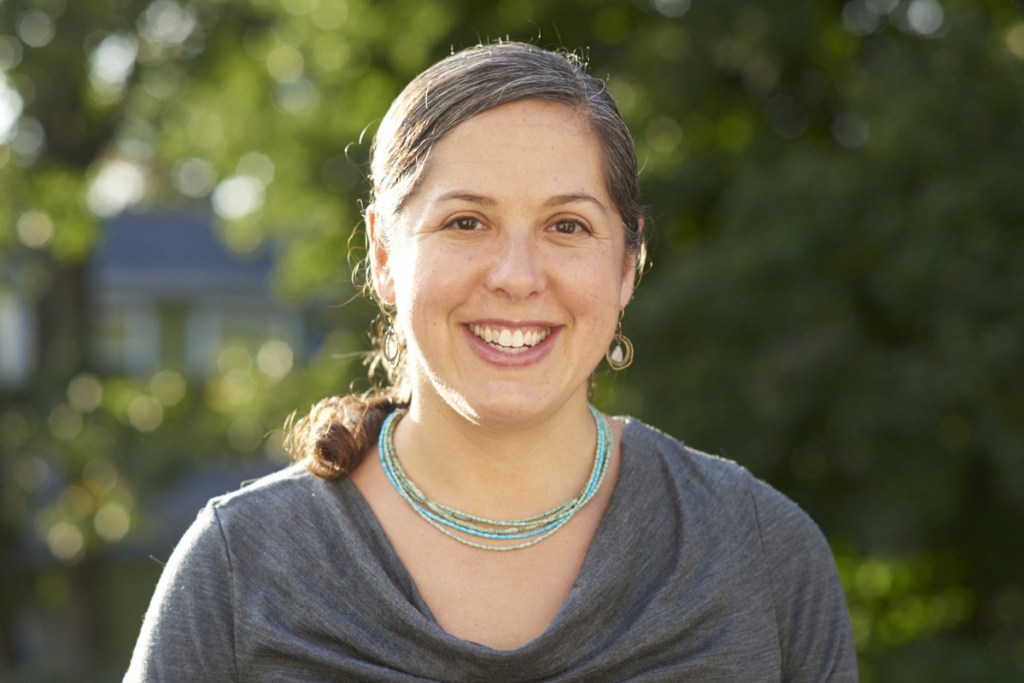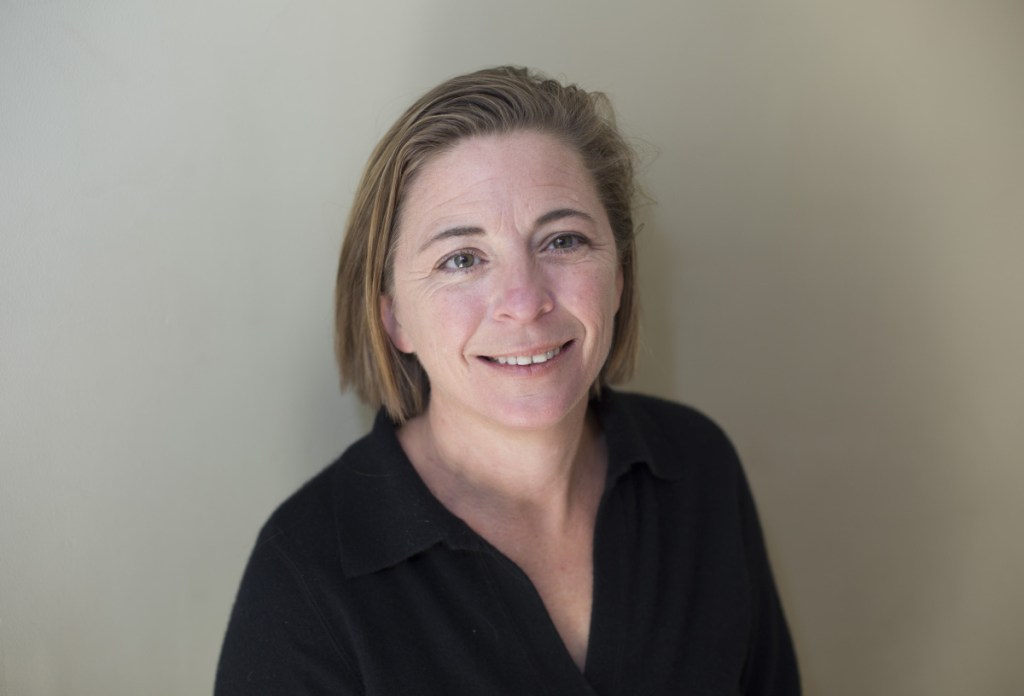Two women with deep ties to the school community are going head-to-head to fill the District 2 school board seat left vacant by Holly Seeliger, in the only contested school board race in Portland.
Emily Figdor and Jeanne Swanton are co-founders of Protect Our Neighborhood Schools and both have children attending Reiche Elementary School and King Middle School. Both played key roles in the successful $64 million school renovation bond campaign to renovate Longfellow, Lyseth, Presumpscot and Reiche elementary schools.
Seeliger, who has served two terms in the seat, did not return her nomination papers.
In other elections for the school board, Sarah Thompson, first elected in 2006 and the longest-serving board member, is running unopposed for an at-large seat. Abusana “Micky” Bondo is running unopposed for the District 1 seat left vacant by Jenna Vendil, who is not running for re-election.
Portland voters will also face a school-related question on the ballot. Question 1 asks whether Portland should join the Greater Sebago Education Alliance, which is part of a new state initiative that provides additional state education funds to districts that band together to create regional centers, and cuts funding to those that don’t. Portland school officials say the district will lose almost $100,000 in state funds if voters do not approve Question 1.
Figdor, who is a campaign director for MoveOn.org, said she wants to make the move from outside activist to voting board member.
“On the board I’ll be more effective because I will be a decision maker,” said Figdor, who wants to expand pre-kindergarten offerings and support the district’s long-term education goals, called the “Portland Promise.”
“I really believe in it as a blueprint for where we have to go,” she said, noting that several of the plan’s elements were cut in the last budget. She also wants to make sure the district and city follow through on renovating all four elementary schools – something that could be in jeopardy if the district moves toward consolidation as a cost-cutting measure.
The district is currently in the midst of a major facilities assessment, with an eye toward possible redistricting or school closures. In the last several years of budget debates, officials have raised the question of whether to close a school to help cut costs. The assessment is underway and a report is due in January to help guide officials through the next school budget cycle.
Both Figdor and Swanton said they support renovating the four elementary schools and support neighborhood schools, but understand the current process needs to play out.
“The idea that city leaders would ignore the will of the voters and not renovate all four schools is something that I don’t think we can let come to pass,” Figdor said.
Swanton said the idea of the facilities assessment “in one sense infuriates people – we’ve done $1 million in reports – but I’m in the position (where) maybe we can all come together with the same data and we make the real decisions. We validate, and we go forward.”
Swanton, who ran unsuccessfully for the seat in 2012, provides project management and bookkeeping services to several local Portland businesses. She said, if elected, she’d make district finances the priority.
“One of the biggest challenges facing Portland is the budget. … We have to be more efficient,” Swanton said, noting that the board constantly juggles increasing personnel costs, ambitious programming plans and unstable state funding. “I don’t want to cut anything, but I do want to see what we can do better.”
In June, voters approved a $110.6 million school budget . Of that total, the state provides $13.7 million and the rest is raised locally.
Swanton said she would also prioritize services for students who are homeless or have unstable housing situations.
“I’m passionate about the schools. I don’t have any political aspirations. I’m just excited to have the opportunity to make a difference in Portland schools,” Swanton said.
“Portland needs to do a better job promoting education,” Figdor said. “I’ve been a proven leader in winning some crucial victories.”
QUESTION 1
The regional center question faces voters in other communities statewide because the centers are part of a new state initiative that requires districts to band together to create regional centers or lose state funding. State education officials have described the process as an incentive to regionalize and save money, although many school district officials think of it as a penalty that reduces state aid for those who decline to participate.
Depending on the local votes, the Greater Sebago Education Alliance Regional Service Center would include public schools in Portland, South Portland, Westbrook, Cape Elizabeth, Scarborough, Brunswick, Gorham, Regional School Unit 6 (Buxton, Hollis, Standish, Limington and Frye Island), Regional School Unit 14 (Windham and Raymond) and School Administrative District 15 (Gray and New Gloucester).
The centers, which exist only on paper for now, are intended to provide certain services to their member districts. At the Greater Sebago Education Alliance, there will be a food service purchasing co-op and regional professional development. Other centers might provide special education services or consolidate transportation, maintenance or human resources.
Send questions/comments to the editors.





Success. Please wait for the page to reload. If the page does not reload within 5 seconds, please refresh the page.
Enter your email and password to access comments.
Hi, to comment on stories you must . This profile is in addition to your subscription and website login.
Already have a commenting profile? .
Invalid username/password.
Please check your email to confirm and complete your registration.
Only subscribers are eligible to post comments. Please subscribe or login first for digital access. Here’s why.
Use the form below to reset your password. When you've submitted your account email, we will send an email with a reset code.